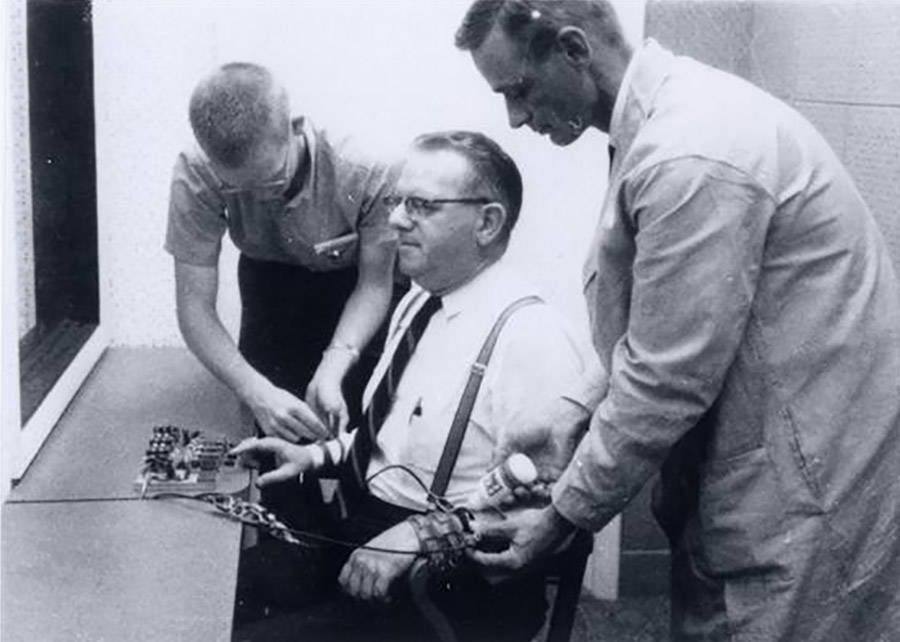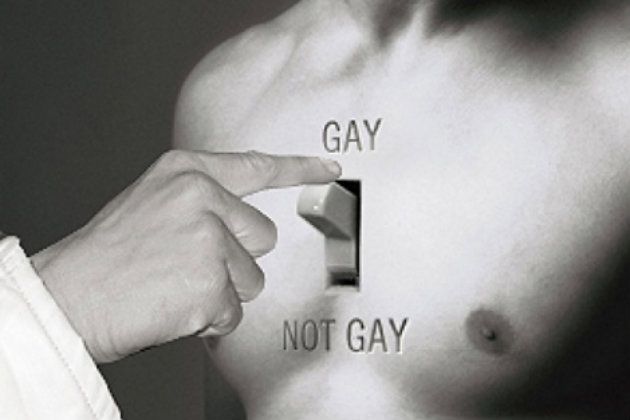5 Most Unethical Psychological Experiments
Jul 13, 2019 • 98 views
1.STANFORD PRISON EXPERIMENT
https://wrytin.com/reshamagarwal/stanford-prison-experiment-jxtzp8qz
The link above will tell you all about this experiment. It was conducted by Zimbardo, this two week planned experiment had to be stopped in 6 days due to increasing hostility of guards on prisoners. The main aim of the experiment was to study the effect of prison life but Zimbardo also wanted to study the effect of situation on personality. In 6th day, Christina Maslach (also known to be Zimbardo’s then girlfriend), came to interview with guards and prisoners. She strongly objected the way prisoners were treated. The ethical objection raised afterwards was about the consent. The students were told that they could leave whenever they want to but after staring the experiment Zimbardo did not allow anyone to leave.

2.MILGRAM EXPERIMENT
In 1961 professor Stanley Milgram of Yale University conducted this experiment. He wanted to assess whether people could actually carry out acts that clashed with their conscience if directed by an authority figure. Milgram told the subjects that it was an experiment to study the effect of punishment on behavior, so their task was to ask some paired names and give electric shock if they gave wrong answers. The intensity of shocks would increase by fifteen volts with each wrong answers. There were another volunteers (an actor) who played the role of students, their task was to memorize the pair of words and pretend to receive painful electric shocks, which the teacher would think that they are delivering. Milgram noticed that majority of the participants followed the orders and continued delivering shocks despite of clear discomfort of learners.

3.LITTLE ALBERT EXPERIMENT
American psychologist John B. Watson (also known as ‘father of behaviorism’) at Johns Hopkins University conducted this experiment.
He wanted to learn that is it possible to trigger fear in a child for something ordinary by conditioning. He borrowed eight- month- old baby Albert for this experiment. Firstly a white rat was introduced to Albert; it was observed that he was not scared from it. After that white rat was reintroduced with a sudden loud noise. Albert was scared of the noise; Watson repeated this until Albert stared association rat with noise. He eventually developed phobia of white rats. Moreover Watson continued this with other animals and things that were white and fluffy. Albert developed phobia of anything white and fluffy including rabbits, dogs, Santa Clause and even blankets. He died at the age of 6 of an unrelated illness, so doctors couldn’t say that if the trauma would have lasted into adulthood. But still the child lived in fear for those 6 years due to this experiment.

4.MONKEY DRUG TRIALS
This experiment might have shed light on psychological aspect of drug addiction, but the three researchers involved in this experiment completely crossed the line by getting monkeys hooked on illegal substances. G.A. Deneau, T. Yanagita and M.H. Seevers conducted this experiment in University of Michigan Medical School. In this the experimenters injected monkeys with several drugs like cocaine, amphetamines, morphine and alcohol to study the effects of drug addiction using animals. Many monkeys were trained to inject themselves with these drugs and were left alone with large supply of drugs. During which many monkeys became extremely crazy, some tried to escape and broke limbs, some tore off their fingers (due to hallucinations), some ripped all the fur from their body and some died due to mixing of drugs.

5.HOMOSEXUAL AVERSION THERAPY
“Cure” for homosexuality was once a prominent subject for researchers. A study was published in British Medical Journal in 1967 that involved “treating” a group of 43 homosexual men. M.J. MacCulloch and M.P. Feldman conducted it. The subjects were shown slides of men that they were told to keep looking at for as long as they want. However after 8 seconds they were given electric shock. After that slides of women were shown and no punishment followed that, they were able to look at slides of women for as long as they wanted. Although researchers suggested that it cured homosexuality to some level, but it was proved to be dangerous and ineffective by American Psychological Association in 1994.

